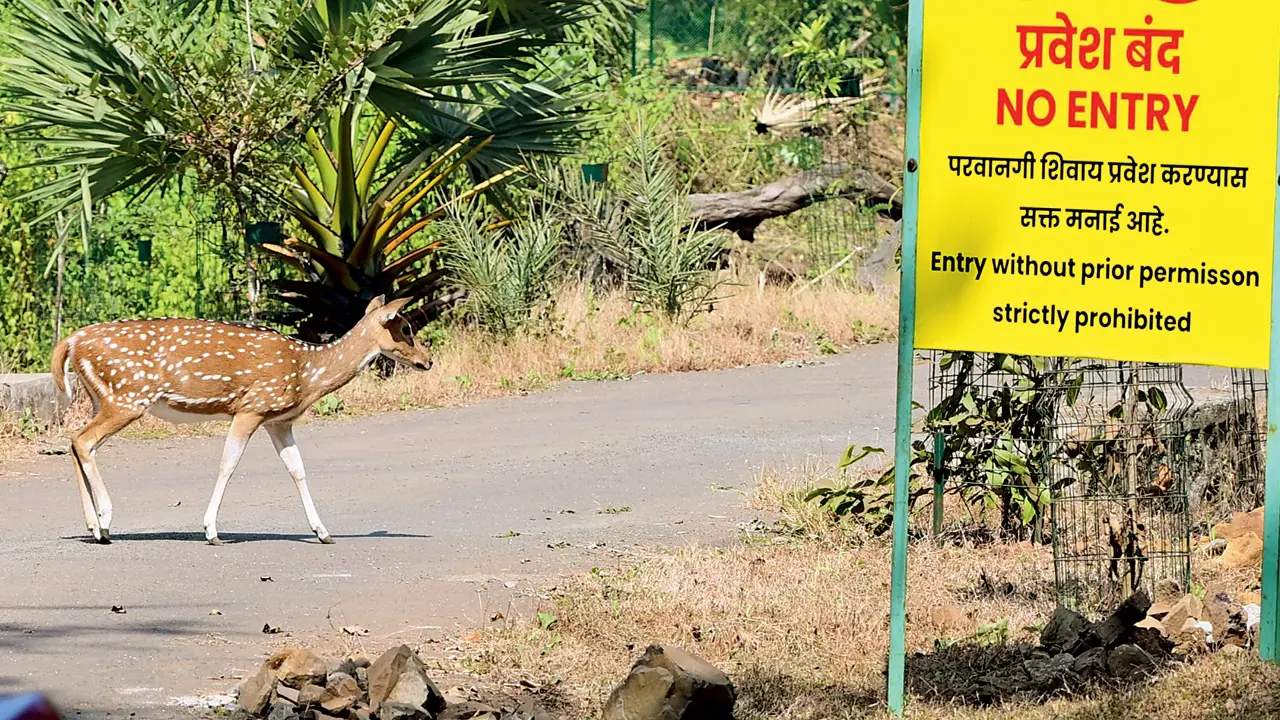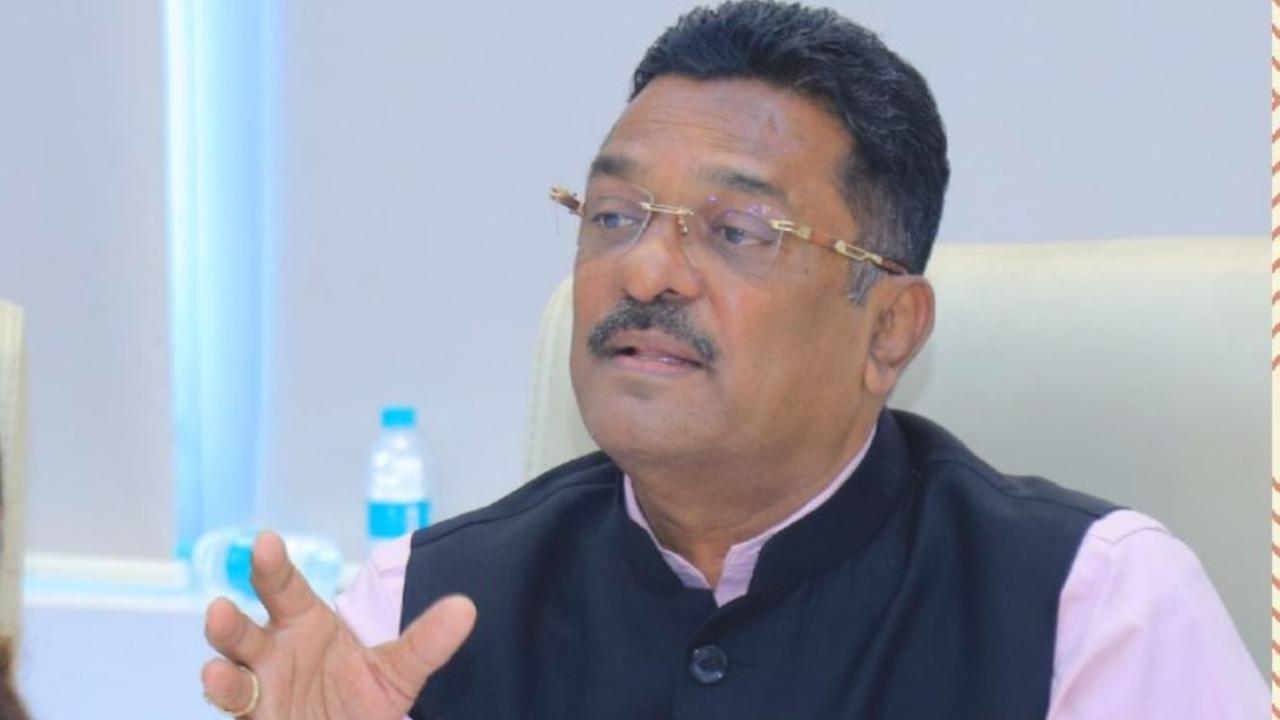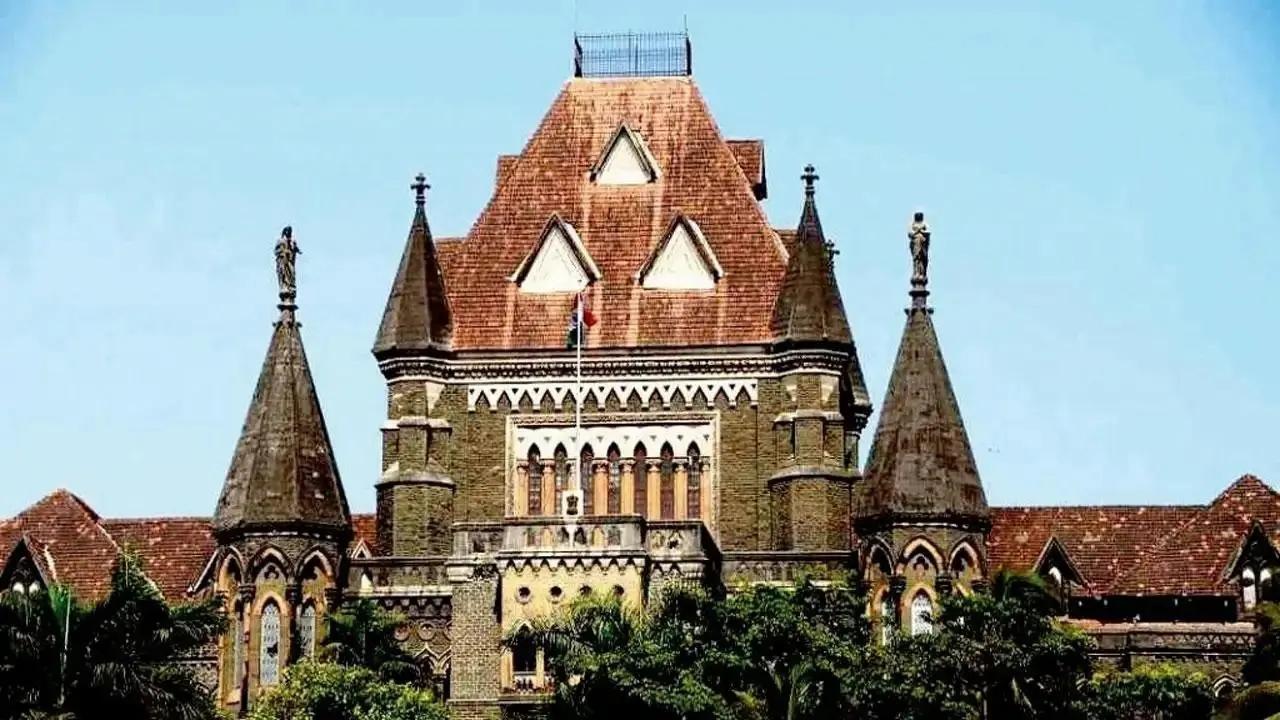Over the next month, citizens can submit suggestions and objections to the Brihanmumbai Municipal Corporation (BMC) regarding the preparation of the Zonal Master Plan for eco-sensitive zones around the Sanjay Gandhi National Park (SGNP).
Citizens can send their inputs to the BMC until October 10. The draft zonal master plan, prepared in line with the original notification issued by the Ministry of Environment, Forest and Climate Change in December 2016, is available for citizens to view at the BMC headquarters, as well as at the headquarters of the Thane Municipal Corporation (TMC), Vasai Virar Municipal City Corporation (VVCMC), Mira Bhayander Municipal Corporation (MBMC), and the Palghar district collector’s office. The plan has been prepared in consultation with local residents across the Mumbai Metropolitan Region (MMR).
In December 2020, then Maharashtra Chief Minister Uddhav Thackeray had directed the preparation of a zonal master plan for the eco-sensitive zones of SGNP. In 2022, a committee was set up under the chairmanship of the municipal commissioner, BMC, to prepare the master plan.
Eco-sensitive zone
An eco-sensitive zone extends up to 4 km from the park boundary, starting 100 metres from the periphery. It is intended to protect the ecological and environmental integrity of the National Park and acts as a buffer to prevent ecological damage to SGNP from development activities. All development activities within the ESZ are subject to specified regulations.
The ESZ of SGNP comprises 4020.66 hectares of private land and 1924.96 hectares of forest area, totalling 5945.62 hectares. The estimated population residing in the area is 6,34,689. It covers four municipal corporations, the BMC, TMC, VVCMC, MBMC and the Palghar district collectorate.
SGNP spans 106.95 sq km across Thane and Mumbai suburban districts. It was declared a national park in 1996, with a core area covering 86.96 sq km. The park is home to a wide variety of endangered flora and fauna, including leopards, 300 bird species, 43 mammal species, 45 reptile species, 12 amphibian species, and around 150 butterfly species.
Zonal master plan
The plan, prepared by the ESZ committee chaired by the municipal commissioner of Mumbai, outlines conservation efforts for the park and identifies measures to mitigate hazards such as fire, deforestation, waste management, forest management, wildlife protection, and human-animal conflict. It also aligns with the legal frameworks governing eco-sensitive zones.











